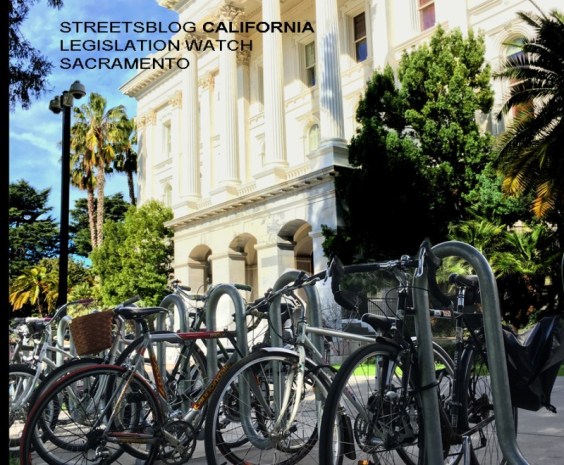To be effective, fiscal stimulus must be timely.
The idea behind the policy is that in recession, households and businesses have an excess demand for savings -- everyone decides that they want to save at the same time, with nasty effects -- and so by borrowing those savings and spending them, the federal government can reduce the impact of the recession.
If the intervention isn't timed well, however, fiscal stimulus can backfire. If it takes too long to mobilize the policy, then the government will be borrowing and spending as recovery takes place, while households and businesses also want to be borrowing and spending.
The result is higher interest rates and bad investments and an overheating economy that's more likely to crash into another serious recession.
So it's not surprising that the government sought to spend as much as possible in as short a time as possible, and it's also not surprising that the relative rush led to investment in some projects that weren't necessarily ideal.
For instance, and as Elana Schor points out, it seems that $6.6 billion of the flexible transportation money sent to states under the stimulus has been allocated toward construction of new road capacity.
This is unfortunate.
Ideally, stimulus projects would offer an immediate economic boost and the promise of long-term economic benefits, but new roads largely fail the latter test. New capacity induces increases in driving, which is counterproductive to environmental and economic goals.
Since new road capacity is also extremely expensive -- tax revenues from most roads fail to cover even half of the total lifecycle cost of the road -- this spending is also counterproductive on fiscal grounds. Productive projects will make it easier to pay down debts accrued due to stimulus. New roads make it more difficult.
As much of the spending from stimulus is yet to come (and since the next few years will involve a lot of federal investment in transportation infrastructure), it's important to try and learn from this misstep. Smart Growth America correctly notes that vague federal guidelines for spending are often problematic. States will often have different priorities than federal governments, and may spend their share of federal grants in counterproductive ways if allowed.
Oversight and accountability must also be tightened. If watchdog groups can't see where the money is being allocated as government groups make their decisions, then pressure to avoid foolish investments can't be applied.
But it's also crucial to understand where opportunities have been missed. Elana notes that new road spending sometimes resulted from an excessive focus on immediate job creation, but this spending has frequently come alongside damaging cuts to transit service. Several billion dollars was initially set aside in the stimulus for transit operational funding but failed to make the final cut. Had some or all of the $6 billion used on new roads gone toward protecting or expanding transit service, tens of thousands of jobs would have been immediately saved.
At the same time, other long-range goals would have been met. In addition to facilitating long-term environmental and land-use changes, sustained or improved transit service would help shield households from rising oil prices, which might otherwise undercut consumer spending and stall recovery.
These are important lessons to internalize. Congress will soon consider how to close the gap in the highway trust fund, and whether new appropriations should be combined with any institutional reforms. Pressure to pass new funding quickly and cleanly will be strong, but should be resisted. With a few tweaks, federal funding can be spent much more wisely.




